Wet Dress Rehearsal (WDR) for a space system is a test intended to see if the rocket and all of its auxiliary systems can be fully loaded with fuel and oxidizer and if all of the electrical systems can be powered up and readied for flight. For the Space Launch System (SLS) the WDR also includes all the systems aboard the Orion man capable space capsule. In fact the WDR includes all of the steps that take place in an actual launch countdown right up to the last few seconds before ignition, usually about T minus thirty seconds. Back in April the Space Launch System, the rocket that NASA plans on taking American astronauts back to the Moon, failed to complete its WDR several times and had to be returned to the Vehicle Assembly Building (VAB) for repairs.

Those repairs were soon accomplished and once again the SLS was rolled out to Pad 39B at Kennedy for a second attempt at the WDR, which began on the 18th of June. Although there was a problem during the test with a leaky quick disconnect valve on the hydrogen intake to the rocket’s core stage the NASA engineers were able to work around the problem. The rocket itself went through the test without any difficulty and the WDR was concluded on June 20th and officially declared a success. According to the Artemis Mission Manager Mike Sarafin, “I would say we’re in the 90th percentile.”
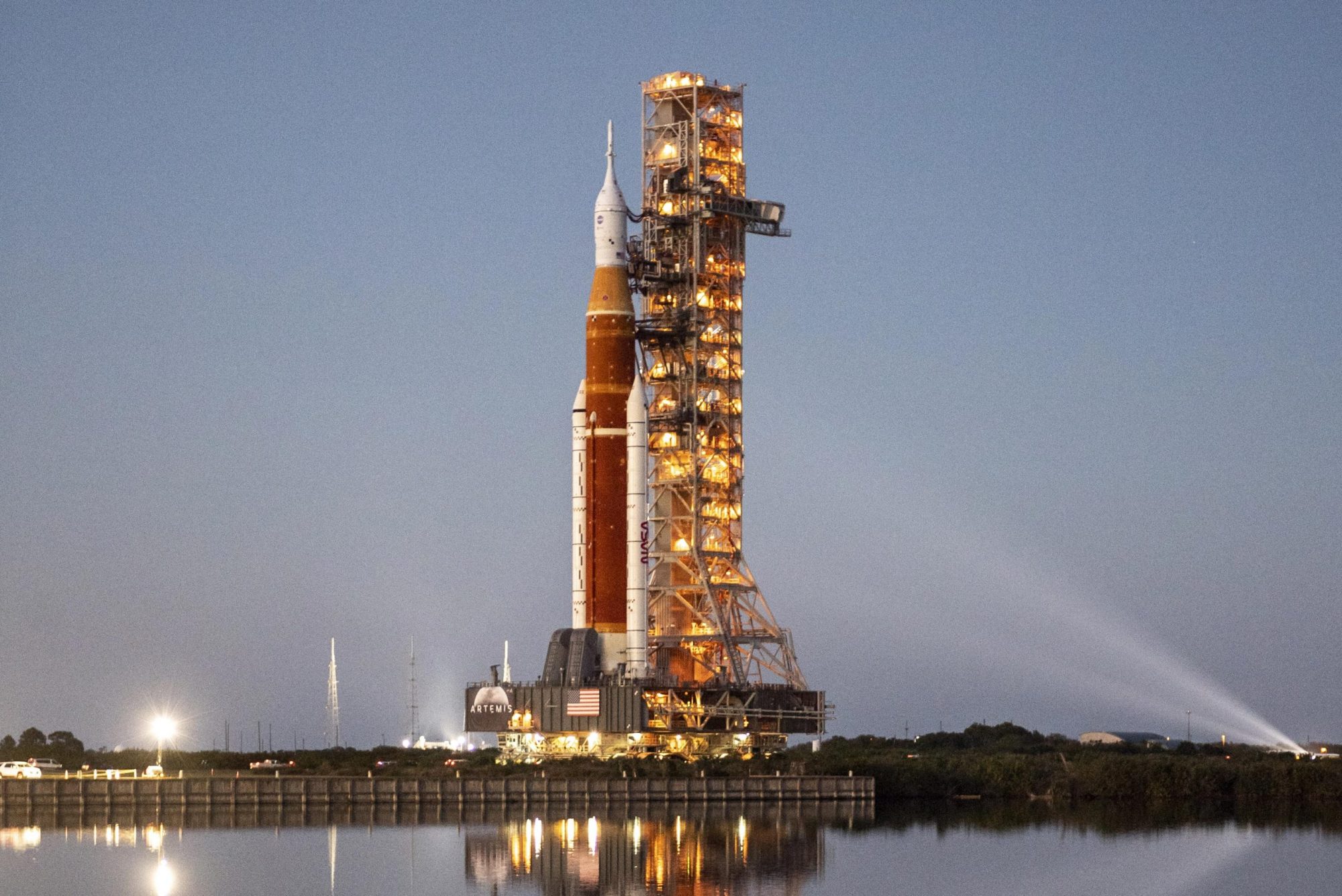
So the question was, is that good enough? After all of the years waiting for the SLS to be completed and tested, after all of the schedule delays and cost overruns, is 90% on the final exam good enough?
NASA hopes so, they have given the SLS a go ahead for a late August, early September launch of the Artemis 1 mission. A tentative launch date of August 19th has been announced. Although that flight will be unmanned it will be the first time since the Apollo program ended in 1972 that a man capable spacecraft will leave Earth orbit and travel to the Moon. And if Artemis 1 is successful then a manned Lunar orbiting mission can be expected to launch sometime in 2024.

Meanwhile there is a lot of news relating to robotic space exploration happening as well. One disappointing announcement was made on June 24 of 2022 concerning NASA’s Psyche mission to study that metal rich asteroid. Because of delays in the delivery of the spacecraft’s software and specially designed test fixtures the robotic probe will not be ready in time to launch during its August 1st though October 11th orbital window.
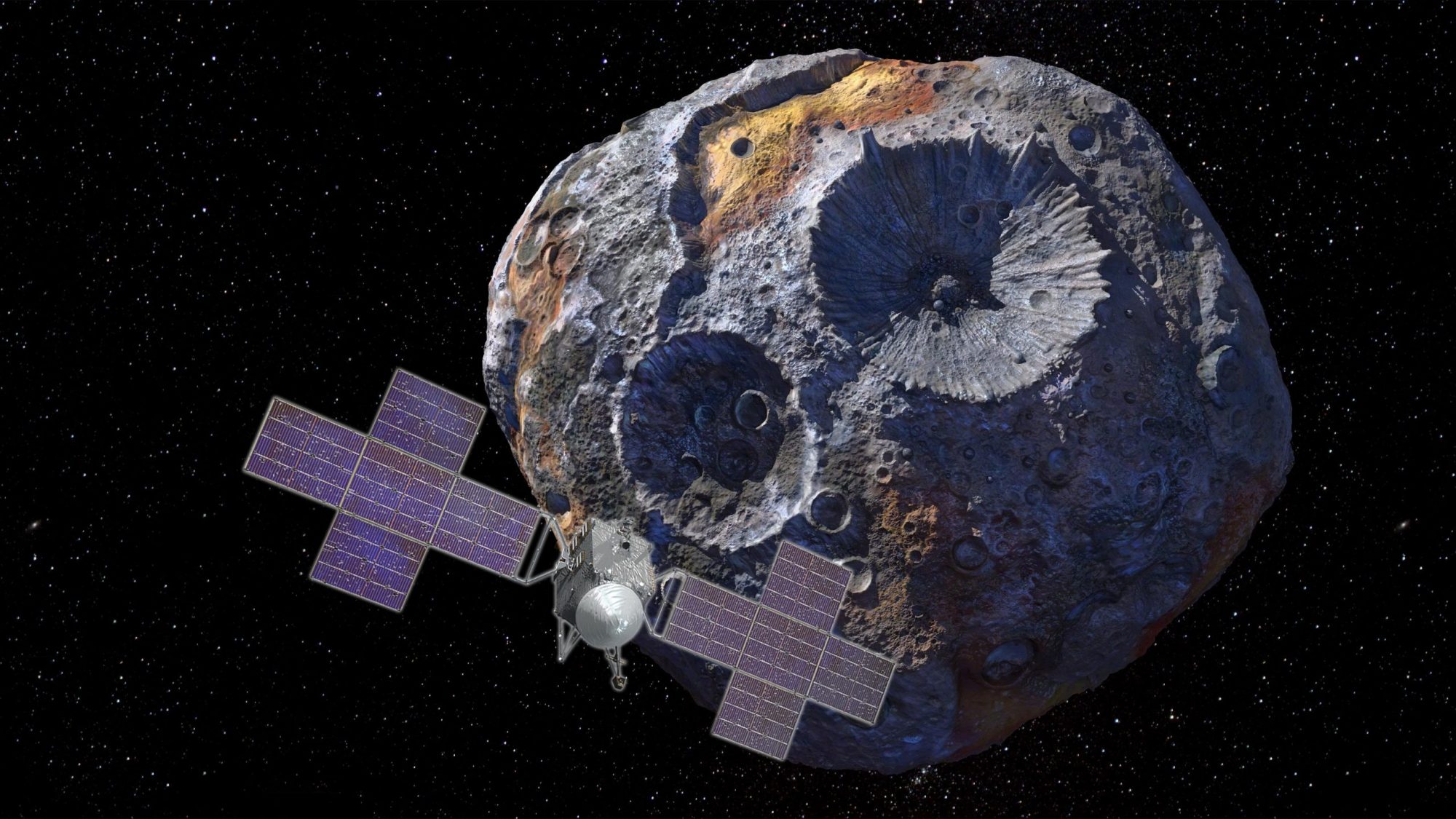
That leaves the entire mission sort of up in the air because the Psyche probe’s trajectory was planned to use a Mars fly-by as a gravity boost in order to reach the asteroid by 2026. There are possible launch windows for both 2023 and 2024 but they are far less optimal, the spacecraft would not reach Psyche until 2029 or 2030.

So NASA is seriously considering the possibility of using the Psyche probe to study something else in our Solar System. The question is what, and would that actually help in making a successful mission. The problem of course is money; the entire Psyche mission was given an original budget of $985 million dollars, of which $717 million have already been spent. Can the Psyche team get the spacecraft completed and ready for a launch next year and still have enough money remaining for an eight-year long mission? Or, can they quickly find another target and get everything ready with the money remaining?
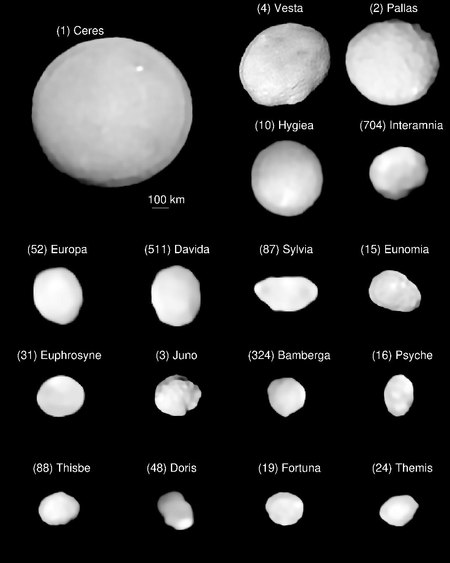
The Psyche mission is a part of NASA’s Discovery program, which was intended to develop programs that can accomplish real space science for less than a billion dollars. Therefore it is unlikely that any more funding will be forthcoming, the program managers at JPL will just have to make do with what they’ve got.
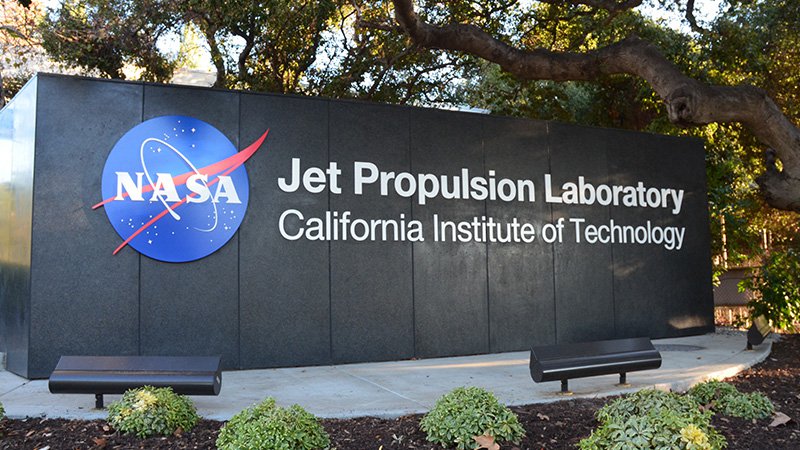
Finally, the James Webb Space Telescope has been undergoing its instrument checkout and calibration before beginning it science mission, expected to start as early as this month. There was a moment of concern on the 8th of June when it was announced that a micrometeorite had struck Webb’s C3 mirror section. Such a collision had been expected several times during the space telescope’s ten-year mission and in fact four smaller impacts had already occurred but a collision of that size so early in the mission was surprising. Fortunately it wasn’t long before the science team managing Webb were confident that the small amount of damage caused by the micrometeorite would have no noticeable effect on the quality of Webb’s images.
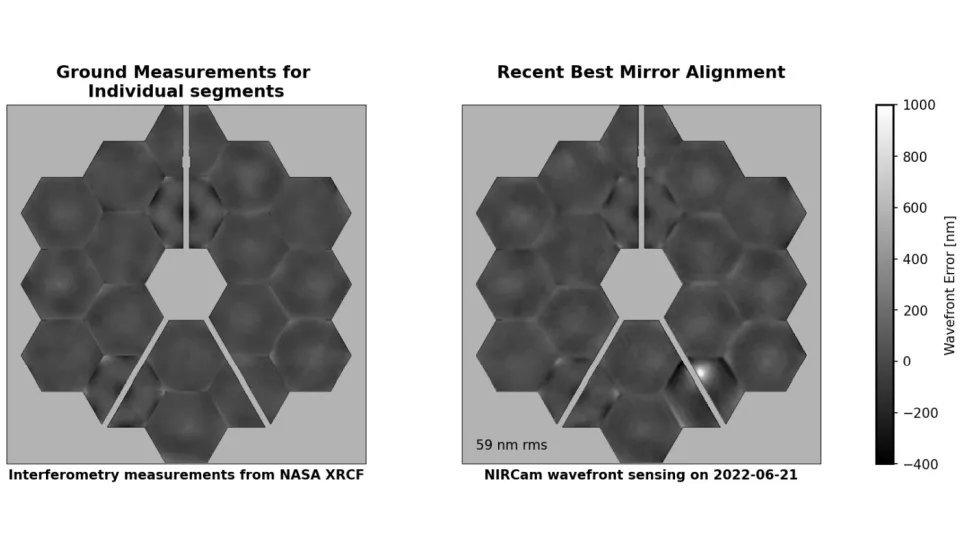
Meanwhile the astronomical community is waiting with bated breath for those images, the quality of which according to NASA’s chief astronomer Thomas Zurbuchen nearly ‘brought him to tears’. It is anticipated that the first images from the Webb space telescope will be released on the 12th of July. Then perhaps we’ll all be agreeing with the opinion of the chief astronomer.
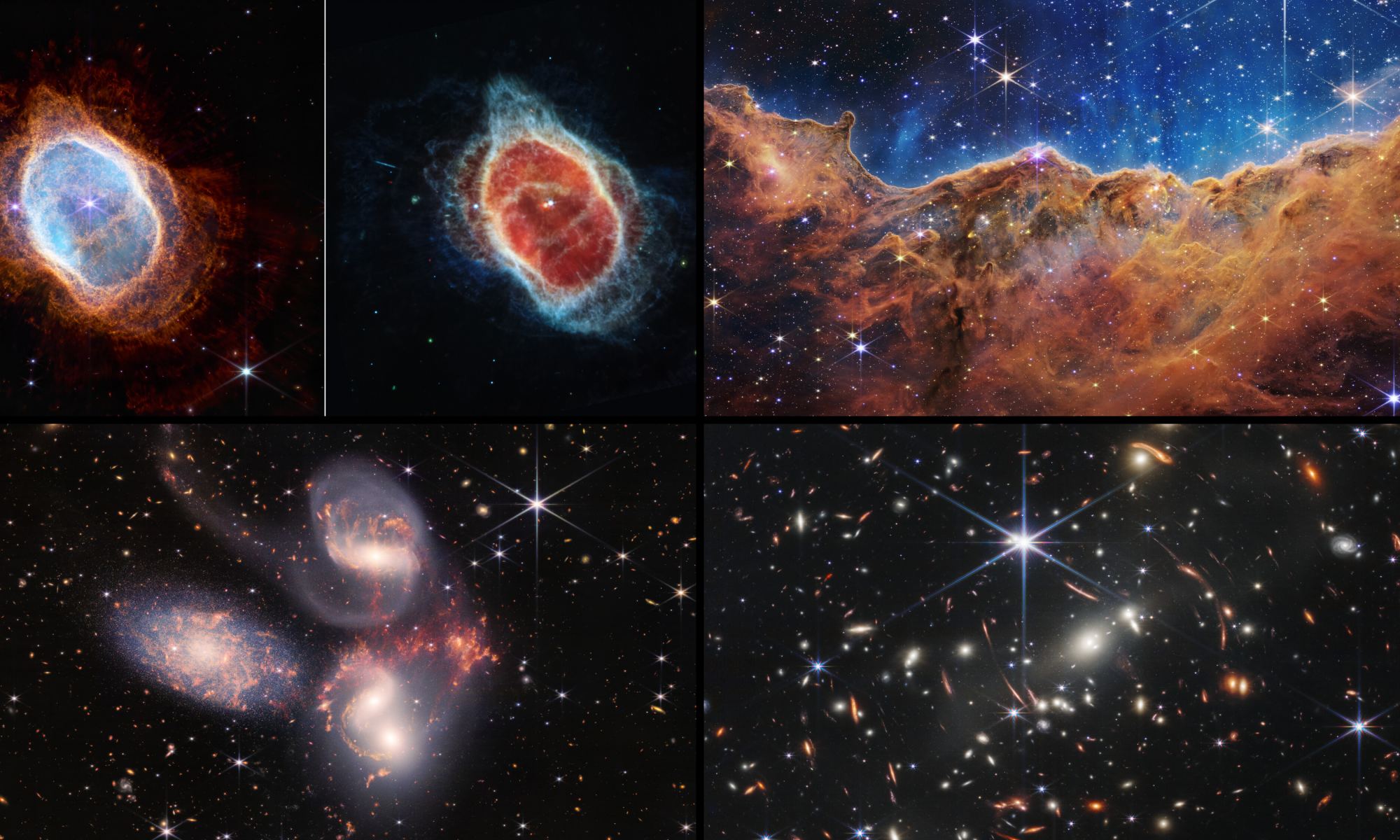
The Hubble Space telescope has revolutionized our view of the Universe and our place in it. I think that in the years to come the James Webb Space Telescope will accomplish much the same.
